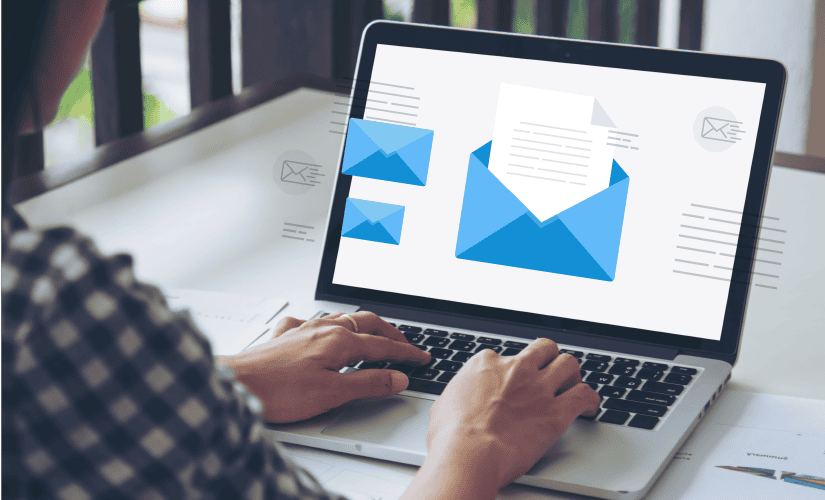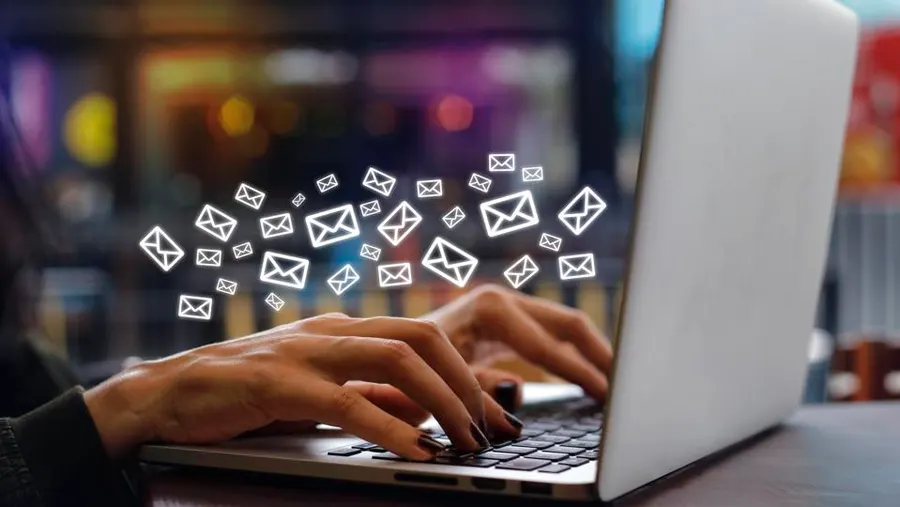What’s up, man? You see, we’ve all been there. You pour your heart and soul into crafting amazing emails, hit “send” with a hopeful heart, and then… BAM! You see those dreaded unsubscribers ticking up. It’s like watching your carefully built email list slowly spring leaks and sink into the abyss.
But fear not, my friend! Today, we’re going to dissect the anatomy of an unsubscriber and arm you with the knowledge and strategies to transform your email marketing from leaky lifeboat to an unstoppable engagement machine!
The Unsubscribe Enigma: Why Do People Hit That Button?
Before we dive into the strategies, let’s understand the psychology behind that unsubscribe button. Why do people, who once willingly signed up, suddenly decide they’ve had enough? Here are a few common culprits:
- Email Overload! Imagine your inbox as a crowded party. Too many people (emails) talking at once, and it becomes overwhelming. A recent study found that 57% of consumers unsubscribe because they receive too many emails. It seems 2-3 emails a week is enough to send some folks running for the unsubscribe hills!
- Irrelevant Content: Have you ever gone to a party where no one’s speaking your language? That’s what irrelevant content feels like. If your emails aren’t resonating with your subscriber’s interests and needs, they’ll quickly lose interest and opt out.
- The Ghost of Broken Promises: Remember when you signed up for that “exclusive” newsletter, but it turned out to be just another sales pitch? It feels like betrayal, right? Subscribers unsubscribe when the content and frequency don’t match what they were promised during signup.
- Fear of Missing Out (FOMO) on Savings! It’s a tough economic climate, and let’s face it, sometimes those subscription costs add up. Unsubscribing can feel like a victory in the battle against overspending. A study by the DMA found that 25% of Millennials and Gen Z unsubscribe to avoid temptation and save money.

Engagement Elixir: The Antidote to Unsubscribes
Now that we’ve diagnosed the problem, let’s whip up a powerful potion to keep your subscribers engaged and happy! Here’s the recipe:
1. Captivating Content: Serve Up Emails They Can’t Resist
Let’s be honest, no one wants to read boring emails! Your content is the heart and soul of your email marketing. If it’s not engaging, informative, or entertaining, people will hit that unsubscribe button faster than you can say “email marketing.” Here’s how to spice things up:
- Be Their BFF, Not a Sales Robot: Write in a friendly, conversational tone as if you’re emailing a friend, not delivering a corporate presentation. People connect with authenticity.
- Deliver Value with Every Word: Focus on providing valuable information, tips, advice, or entertainment that your subscribers will appreciate.
- Mix It Up! Don’t be afraid to experiment with different formats. Use images, videos, GIFs, polls, and quizzes to keep things fresh and exciting.
- Go Beyond Email: Not all content is best suited for email. Consider alternative channels like text messages, social media, or your website blog for sharing different types of information.
2. The Power of Personalization: Make Them Feel Special
Remember how good it feels when someone remembers your name or your birthday? Personalization in email marketing has the same effect. It shows your subscribers that you see them as individuals, not just numbers on a list. Here’s how to make them feel like VIPs:
- Use Their Name: Start your email by addressing them by name. It instantly adds a personal touch.
- Tailor Your Content: Segment your audience based on demographics, interests, and behavior, and send them targeted emails that are relevant to their needs.
- Reference Past Interactions: Mention their previous purchases, website activity, or preferences to show that you’re paying attention.
3. The Frequency Sweet Spot: Find the Rhythm That Keeps Them Grooving
Email frequency is a delicate dance. Too many emails, and you risk overwhelming your subscribers. Too few, and you fade from their memory. To find the sweet spot:
- Set Clear Expectations: Be upfront about email frequency during the sign-up process.
- Offer Frequency Options: Give subscribers control by allowing them to choose how often they want to hear from you.
- Monitor Engagement: Track your open and click-through rates to gauge subscriber interest and adjust your frequency accordingly.
- A/B Test Different Frequencies: Experiment with different sending schedules to see what works best for your audience.

4. The “Unsubscribe” Makeover: Turn a Break-Up into a Second Chance
While you want to minimize unsubscribes, it’s crucial to respect a subscriber’s decision to opt out. But what if you could turn that unsubscribe moment into an opportunity to re-engage or learn valuable insights? Here’s how:
- Make It Easy to Unsubscribe: Don’t hide the unsubscribe link! Make it clear, visible, and easily accessible.
- Offer Alternatives: Instead of a complete unsubscribe, provide options to adjust email frequency, content preferences, or pause subscriptions temporarily.
- Ask for Feedback: Include a brief survey on the unsubscribe confirmation page to understand why they’re leaving. This valuable feedback can help you improve your strategy.
5. Technical Tune-Up: Ensure Your Emails Arrive in Style
Imagine dressing up for a party only to trip and fall flat on your face at the entrance. That’s what a poorly formatted email can feel like. Technical glitches can lead to frustration and, you guessed it, unsubscribes! To keep your emails looking sharp:
- Optimize for Mobile: Most people check their emails on their phones. Ensure your emails are mobile-responsive to avoid formatting disasters.
- Test, Test, Test: Send test emails to yourself and across different devices to check for broken links, formatting issues, or display problems.
- Maintain a Clean List: Regularly clean your email list to remove invalid or inactive addresses. This helps to improve your deliverability and sender reputation.
Conclusion
Remember, email marketing is a marathon, not a sprint. By focusing on providing value, building relationships, and continuously improving your strategy, you can create an email empire that thrives on engagement and loyalty. So go forth, my friend, and conquer those unsubscribers!
FAQs
What’s considered a “good” unsubscribe rate? While a rate below 0.5-2% is generally considered healthy, it varies depending on your industry and the type of emails you send. Consistent monitoring is key to understanding your campaign’s performance.
How can I reduce unsubscribes in automated email flows? Personalize your automated emails based on subscriber behavior and preferences. A/B test different messaging and offers to see what resonates best. Regularly review and update your flows to ensure they’re still relevant.
How can I fix technical issues that might be causing unsubscribes? Regularly audit your emails for broken links, formatting errors, or display problems. Test your emails across different devices and email clients to ensure they look their best. Promptly fix any issues to prevent frustration and maintain a professional image.

